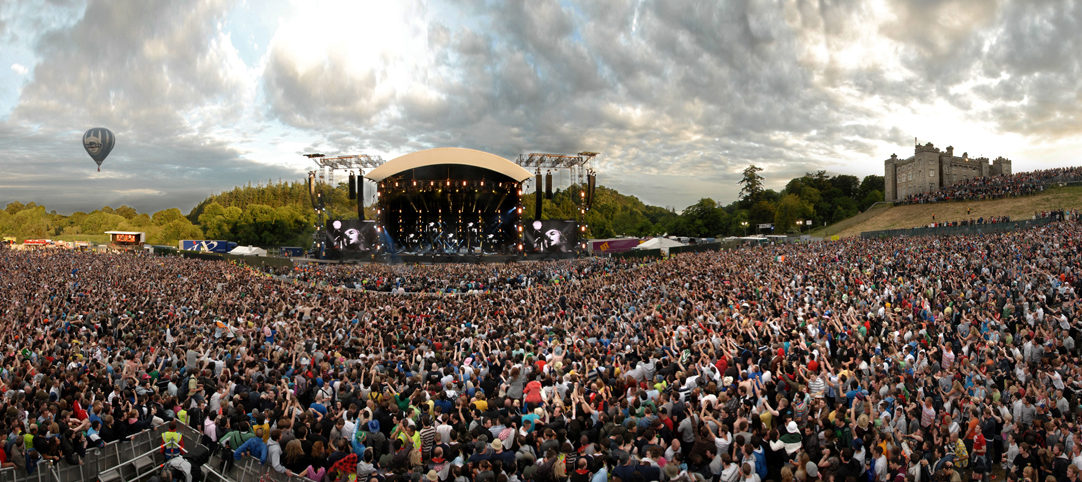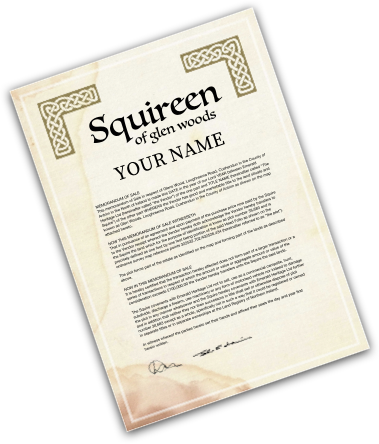Slane Castle represents the modern side to Ireland’s Ancient East. The County Meath castle was built in 1701, subject to reconstruction work in 1785, and overlooks the River Boyne. It’s said that it was here on the Hill of Slane that Saint Patrick lit his paschal fire that eventually seen him summoned by the High Kings of Ireland to the Hill of Tara that lead to the conversion of Ireland to Christianity!
It is owned by the Conyngham family, who still reside there to this very day and has opened its doors to countless famous visitors including King George IV of England in 1821! It’s said that the road from Dublin to Slane is so straight because of the efforts to get the King there as quickly as possible!
In modern times the castle has become famous worldwide as a music and concert venue. The surrounding land forms a natural amphitheater perfect for outdoor performances and the castle has welcomed a litany of huge names since 1981. U2, Madonna, Queen, David Bowie, Bruce Springsteen, Bob Dylan and The Rolling Stones are just a few of the superstars to have graced the Slane Castle stage.




 FAST WORLDWIDE SHIPPING
FAST WORLDWIDE SHIPPING